I was reflecting on my experience with architecture students at University of Ferrara and LEGO SERIOUS PLAY. [See the video]
I find amazing how students who did not have any clue about the content and the goals of the workshop engaged in the discussion and raised a number of enlightening ideas about Heritage. They were not asked, neither provided, any books or papers to read, the idea was to understand how a bunch of students in their early-twenties could theorise and think about Heritage independently, critically andcollectively.
So, in my research about educative approaches that capitalise on collaboration and collaborative meaning-making, I’ve found about the Harkness Table. For those who are not familiar with it, this is an educative approach introduced in 1931 when Edward Harkness, a philanthropist, challenged Exeter University asking them to innovate education and provided them with an oval table. The idea behind the table, which was meant to allow 12/15 students to sit around together with their teacher, was to create a different approach to education where students were seen as a team and could be encouraged to take part to a discussion, interact and learn about collaborative practices, by reducing the influence of the teacher.
The idea of a class as a team that capitalises on teamwork and encourages interaction among students in a free environment sounded a pretty close approach to that I adopted. The Harkness Table focuses a lot on these concepts, and I’ve found it thrilling. Though the more I read about it, the more the differences emerged.
The first difference that become visible lies in the overall approach: the Harkness Table is focused on the literature students are supposed to know before they sit around the table, while students taking part to the LSP workshop were not asked to read anything, in order to encourage their their personal reflection, creativity and imagination.
Then, the role of the teacher emerged as another distinctive feature: although in Harkness Table’s method teachers’ role is minimised, they nevertheless score and evaluate students on everything they do (or they don’t do): how much they interact, facilitate, say, refer to the literature, engage with their mates… And the interaction has often rules to be followed, requiring students to rise their hands, to pause or to say their mates’ name to involve them… A quite opposite approach to that I’ve adopted during the LSP workshops: there was no formal presence of the teacher during the workshops, so that students could feel free to share their ideas without any pressure, since peer interaction, emotion activation, the lack of the perception of being threatened or judged and encouragement of imaginative processes are all essential elements that amplify creative thinking (Mitra 2012). The imaginative process during the LSP workshop was enhanced using LEGO bricks and by capitalising on the embodied experience of meaning making, where making refers to the physical action to construct a tridimensional object representing abstract concepts and ideas.
The Harkness Table focuses on discussions and interaction, however it lacks the embodied aspect of knowledge and meaning making and ignores the whole playing aspect, which is indeed highly rewarding from an educational point of view. Playing is an activity which is known as being community-oriented, that enhances the construction of a shared identity through the development of a shared language and shared social practices (Huizinga 1950).
Both the methodologies, the Harkness Table and the maieutic approach enhanced by LSP, are expected to create teams and encourage students collaboration; however, during the LSP workshops, since there are no right or wrong answers, no marks or judgement involved, no pressure on interaction or rules to follow – students were no competitive, capitalising on their shared quest of ideas. Competitive or extremely shy students always represent a threat to real collaborative activities: there are guidebooks for teachers adopting the Harkness Table with useful tips on how to deal with these kind of students. As for my experience with LSP, because of the embodied experience and the strong emotional attachment students developed with their individual LEGO models, also the very shy and those students who generally do not engage easily in discussion felt at ease in defending and explaining the rationale behind their models, rising their average competitive levels, and on the other hand, competitive students were kind of forced to face the fact that everyone was supposed to present their ideas and their models, limiting their tendency to overcome and dominate the discussions. The LSP approach and the presence of the models acted as a moderator of extreme behaviours.
Both process are said to focus on critical thinking, but while the Harkness Table enhance critical thinking through students’ discussions based on previously gained knowledge, the maieutic LSP approach is meant to make students curious, to make them actively thinking on new concepts and to let them ask and share questions and ideas in a creative and relaxed environment so that, once the workshop is over, they already have ideas and questions to be answered through the relevant literature. Therefore, their approach is expected to be that of curious minds who faced questions and look for confirmation – or falsification – of their ideas.
I can not deny the influence that Prof. Sugata Mitra‘s experience called Hole in the Wall and his engaging speeches about how children can teach themselves had on me. I find his experience illuminating: he demonstrates the power of curiosity and the importance of teaching through curiosity rather than through formal education with his extreme and challenging experiences in India. If Prof. Mitra applies this principle to children, I simply adopted the same principle and applied it to students in their twenties to capitalise on their curiosity to enhance their active desire to learn.
[Source: Legoviews.com]
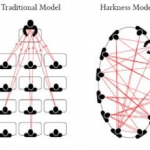
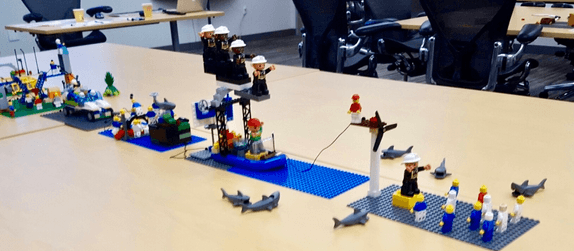
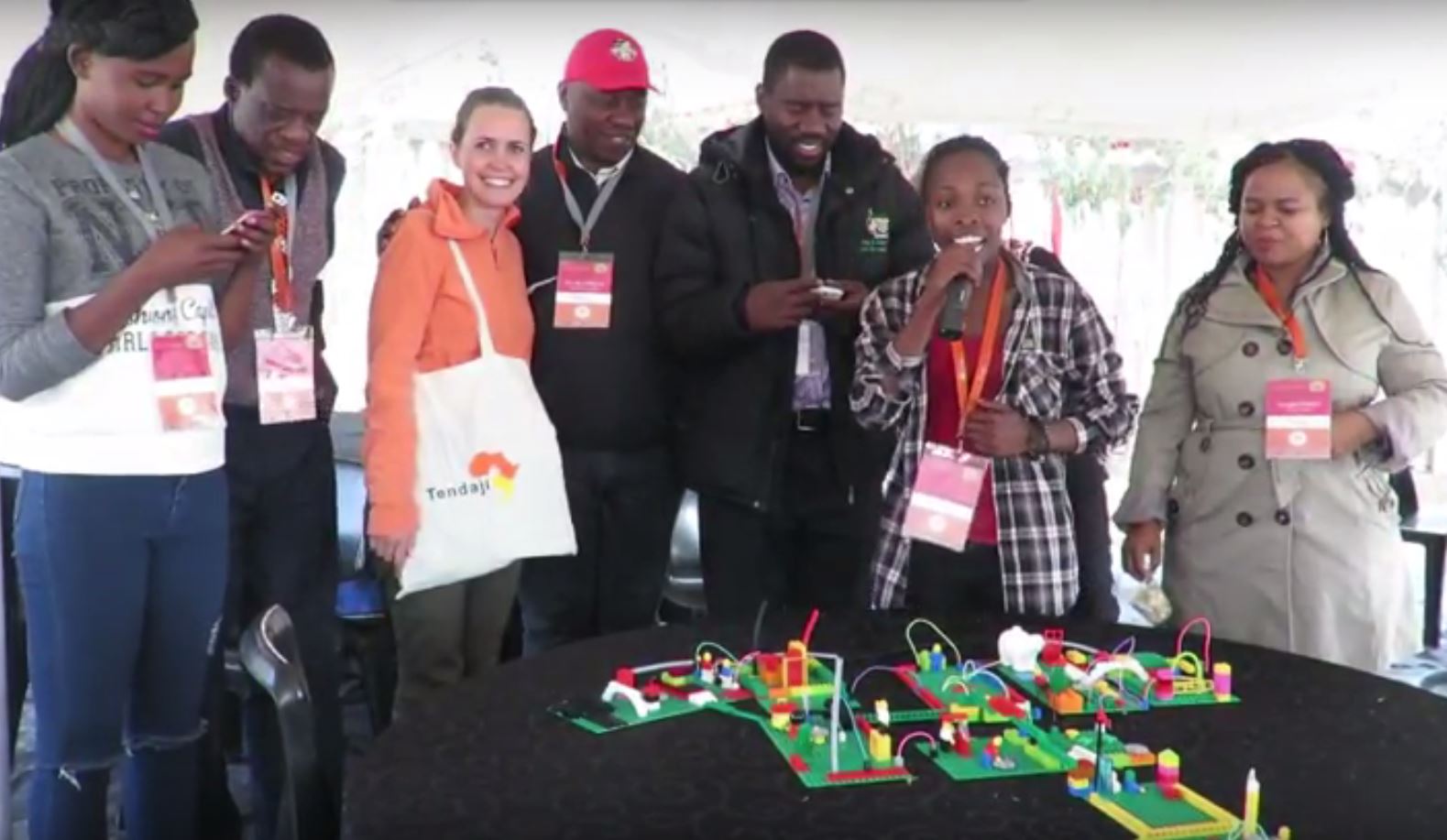
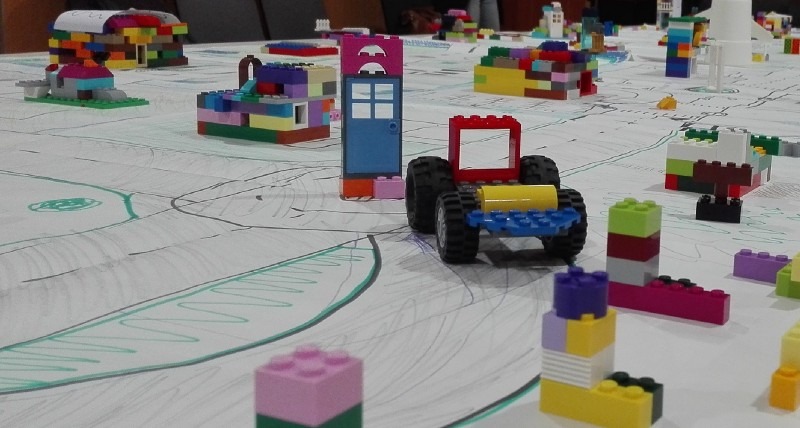

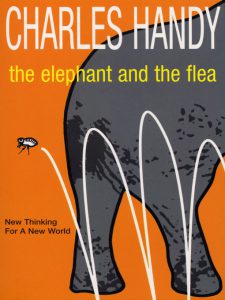

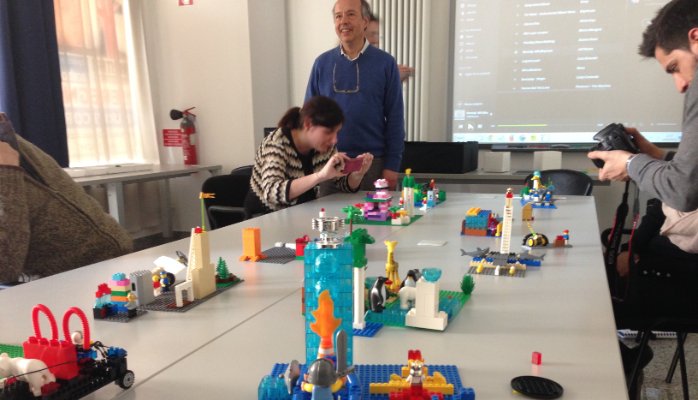


 Become a LEGO Serious Play facilitator - check one of the upcoming training events!
Become a LEGO Serious Play facilitator - check one of the upcoming training events!